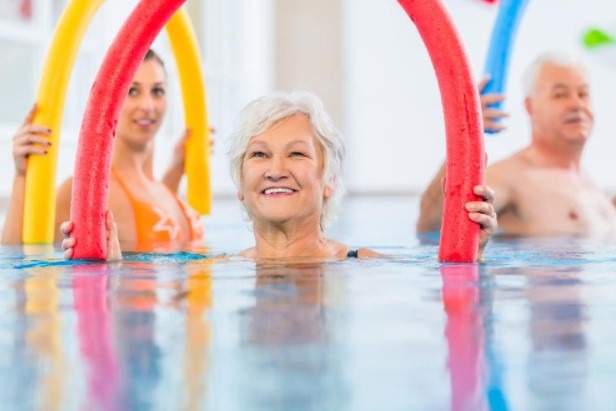After the innocence of childhood, adolescence, and youthful adventures, old age is now approaching.
Well, time flies so fast. At the age of sixty, some of us enjoy the fruits of our labor while others regret wasting our time.
While some proudly display their white hair, others are frustrated at not being able to keep their dream shape, seeing wrinkles appearing on their faces, etc.
However, there are a few sports activities recommended for these seniors to keep them in shape. The following are some of these activities!
But long before, we will see what the WHO says about the physical activities of seniors and the basic arrangements to be made before embarking on this rewarding adventure!

Best Physical Activities for Older People
The World Health Organization (WHO) is not against the physical activities of older people. A few of these activities!
WHO suggests it strongly, highlighting 3 advantages of physical activity for people 60 years of age and older. First, seniors who exercise regularly have better cognitive functions, limit their risk of falling, and can still play important roles in society.
Concretely, since they can always learn and acquire knowledge, the seniors in question can always bring added value to society, to their families instead of becoming a burden for them.
The second benefit of physical activity is that older people have a stronger bone mass and that they are less prone to diseases such as diabetes, colon and breast cancer, strokes and strokes, high blood pressure, and cardiovascular problems.
Lastly, physical activity makes the elderly happier and decreases their mortality rates.
Since older people cannot train like young people, who are always vigorous, the WHO recommends limited activities.
For example, traveling, performing household chores, playful activities are integrated into their physical activities; which is not the case with young people.
Likewise, in order to improve their muscle and bone condition and their cardio-respiratory endurance, the WHO recommends moderate-intensity activities. 150 minutes of moderate-intensity activity a week is more than enough.
But, since the appetite comes with eating, they can go up to 300 minutes of moderate-intensity activity in a week.
Preparations to be taken before starting physical activities
In many cases, aging bodies prevent elderly people from exercising, even when their inclination is to do so. For that reason, if you wish to resume sports after 60 years, you should talk to your doctor first.
The expert physician will be able to provide you with proper care, advice about preventing falls and staying healthy.
Better still, he will recommend certain foods to take or to avoid. You should also hydrate yourself regularly. Take small sips of water before. Water is essential to relax you and to allow your body to remove toxins before, during, and after you exercise.
Warming up before beginning activity is important, but stretching at the end is equally important.
Finally, an elderly person should never exercise in an isolated corner out of sight. You can easily suffer from an accident due to the fragility of your body.
If so, the people around you are in a position to help you. On an essentially sporting aspect, it is recommended to always exercise in a group. This helps to boost performance and to lack alibis to

Speak Your Mind